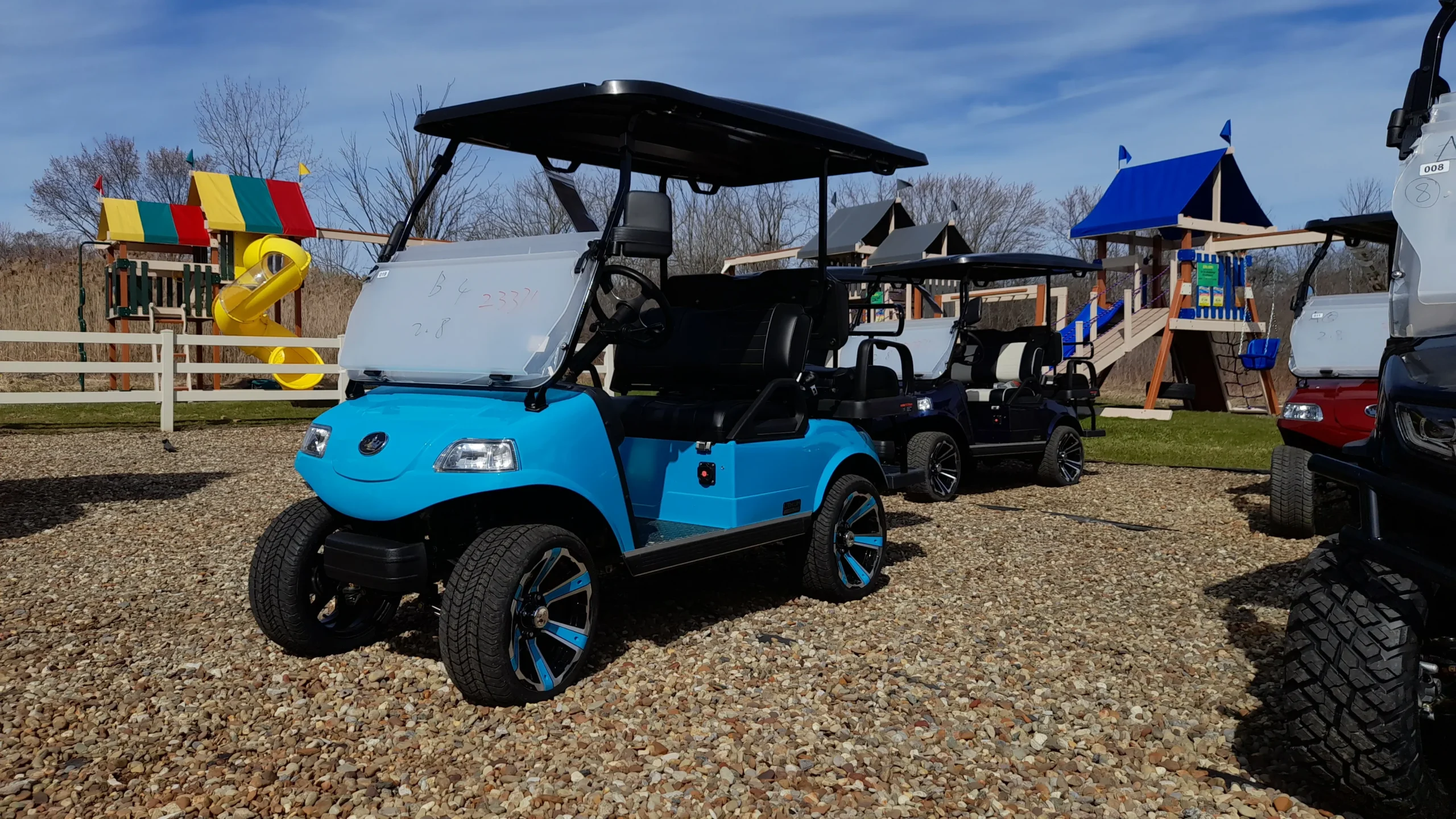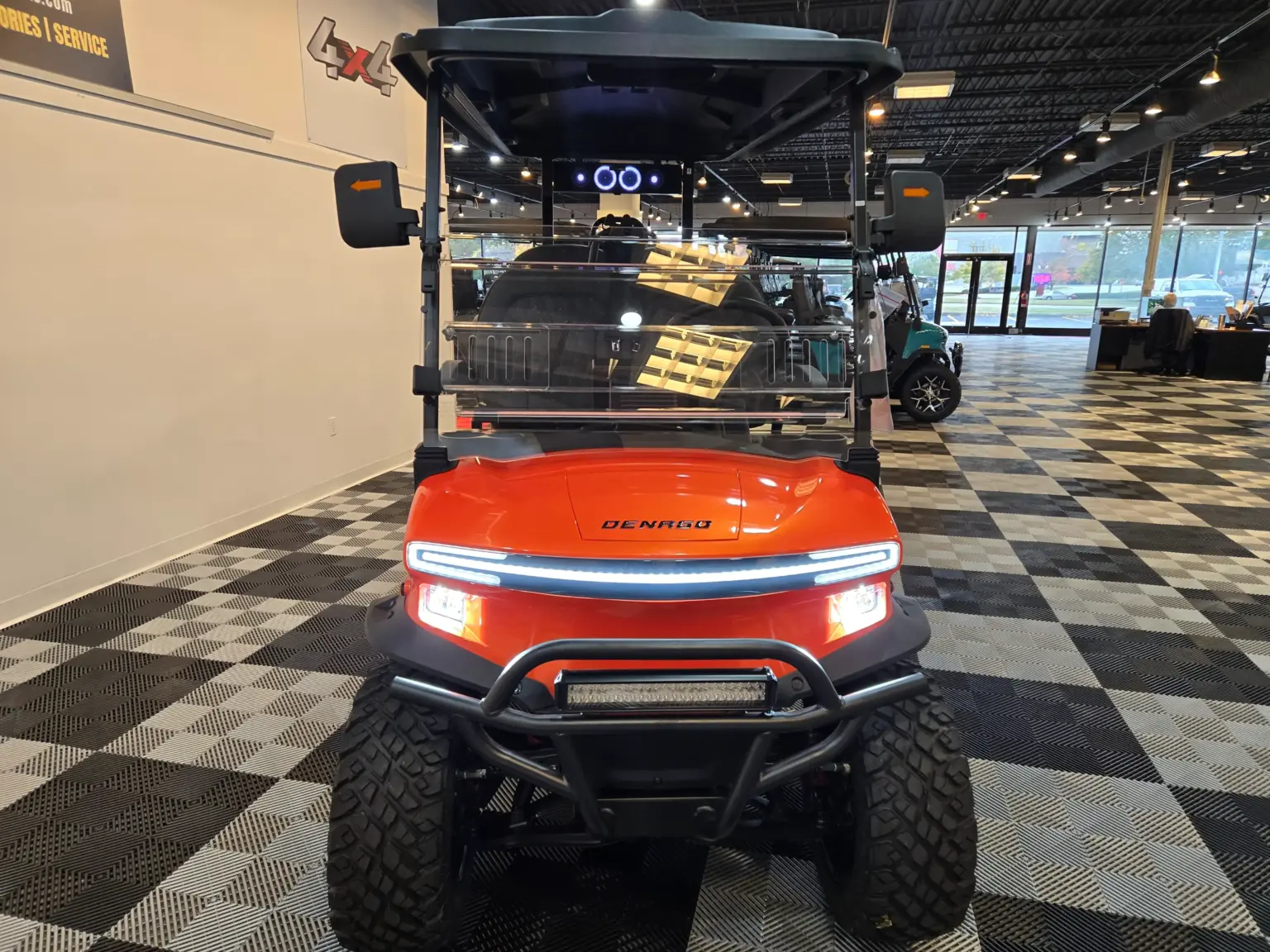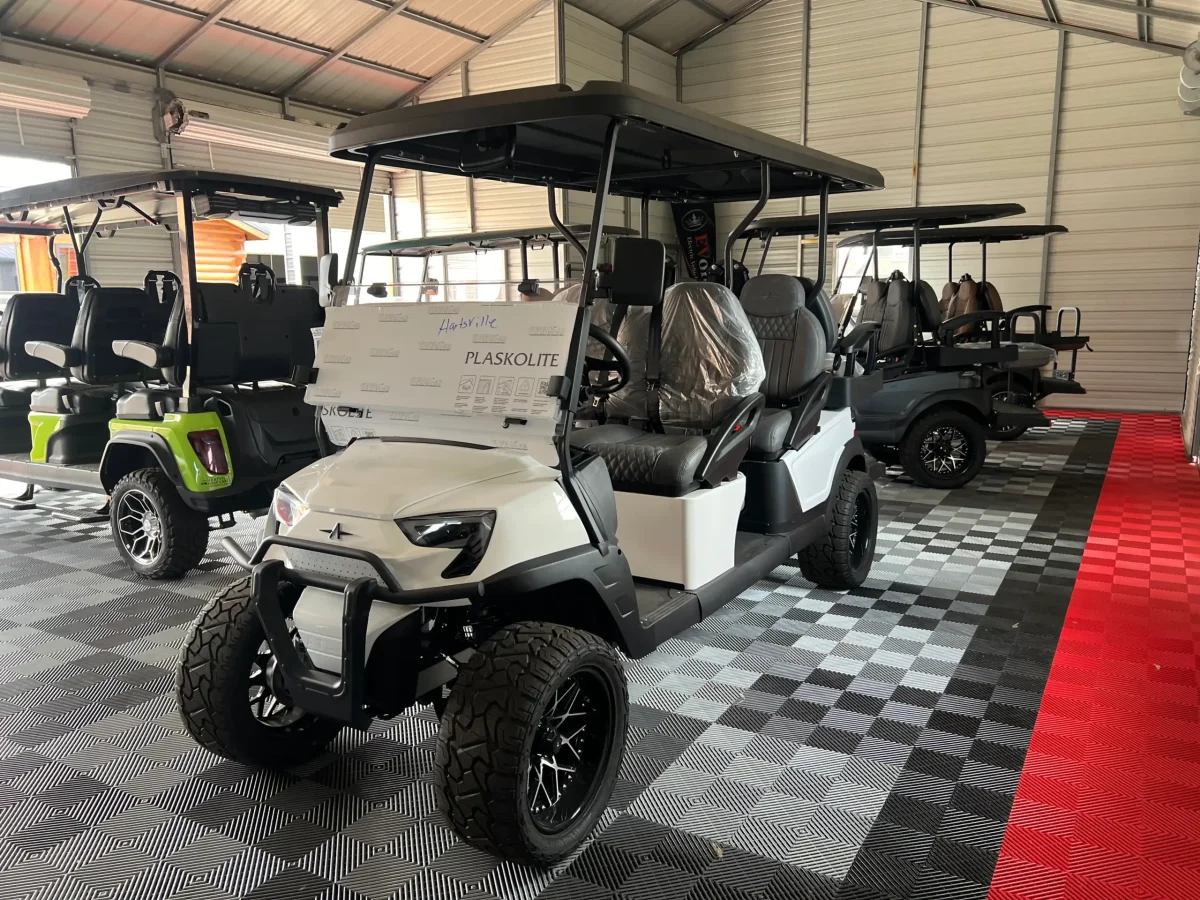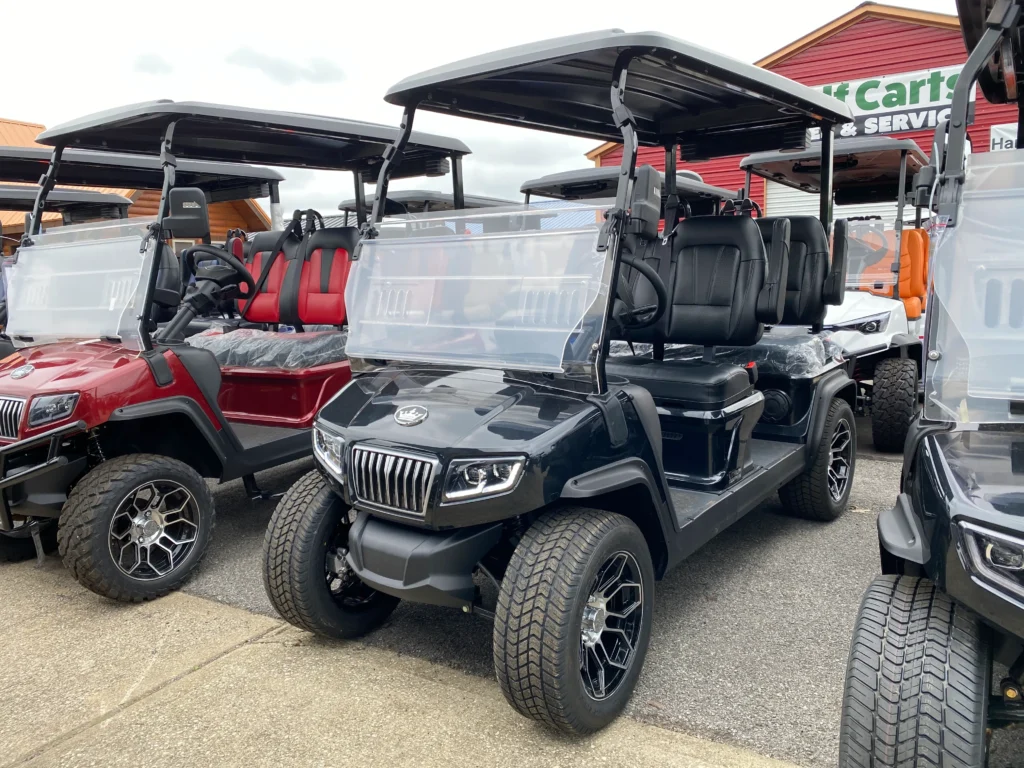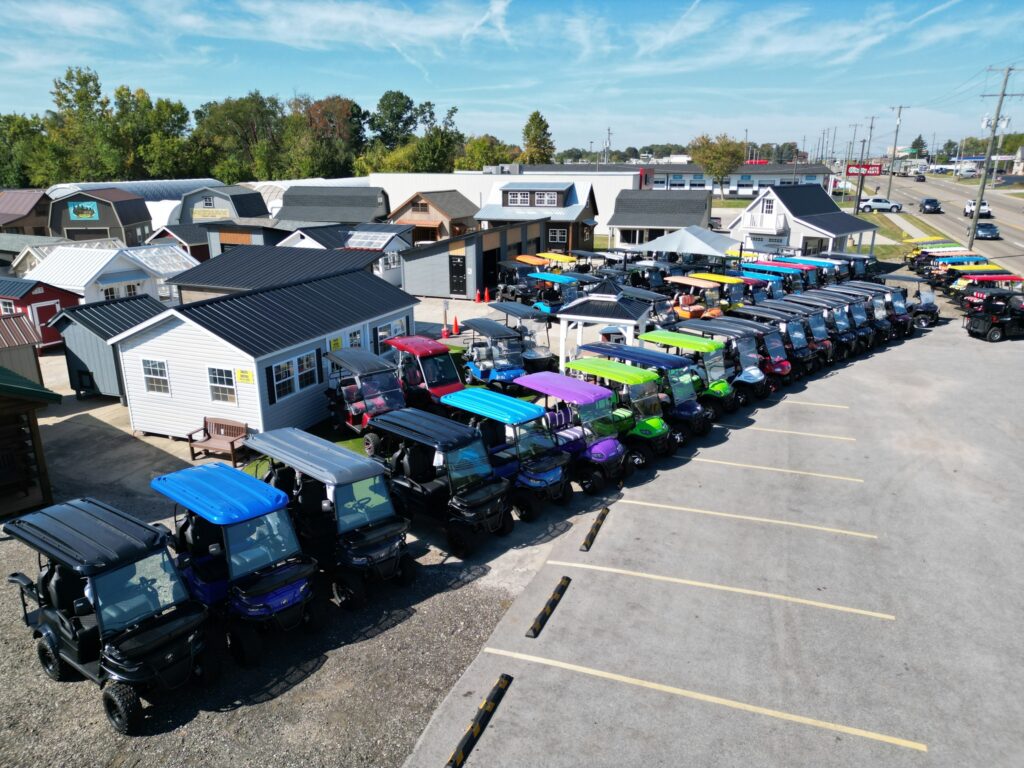Golf courses come in many sizes and formats, but one of the most popular layouts across the United States is the 9-hole course. Whether part of a public park, a private country club, or a community recreational space, 9-hole courses attract players who enjoy shorter rounds or who are just getting introduced to the game. Managing these courses successfully requires careful planning—especially when it comes to providing enough golf carts. So, how many golf carts do you need for a 9-hole course? The answer depends on player traffic, course layout, and rental policies.
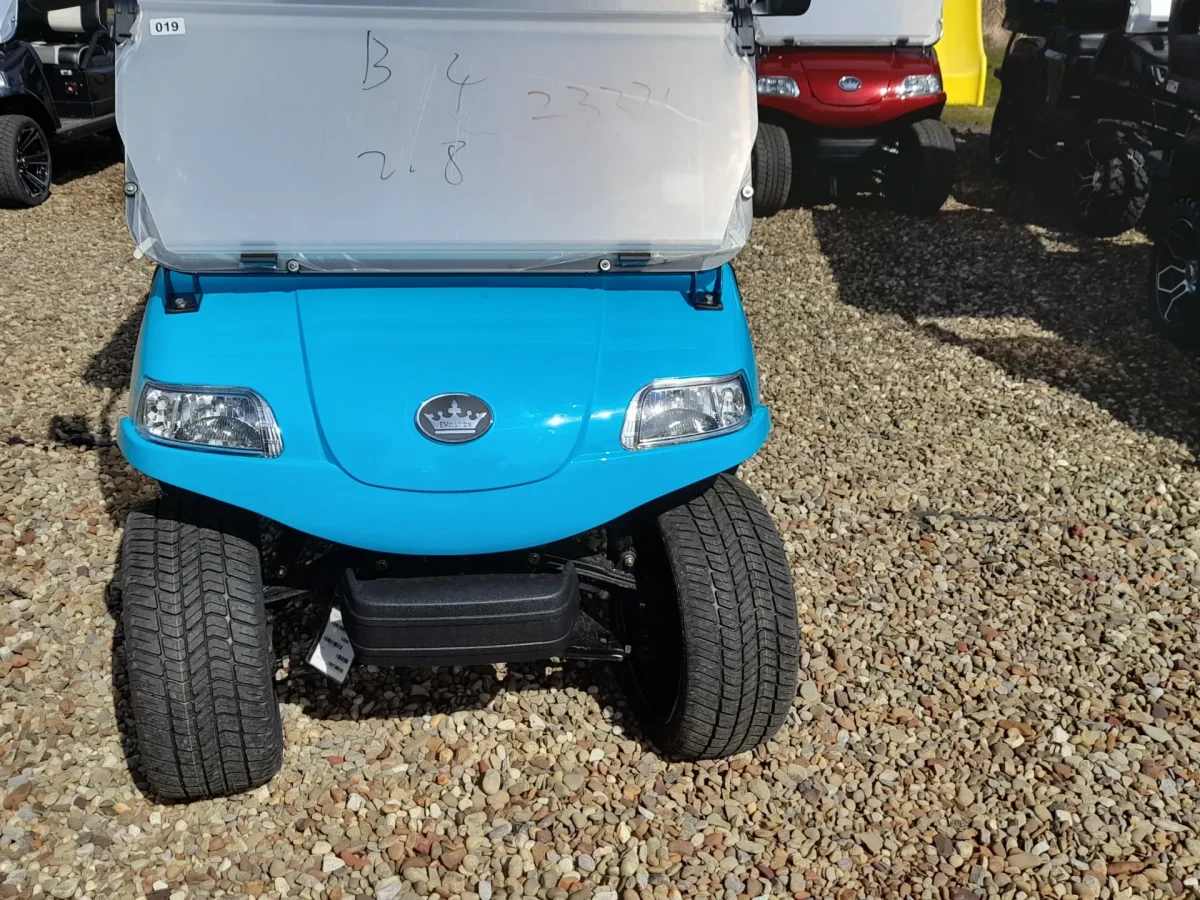
Understanding Player Volume and Course Flow
The number of carts you’ll need depends on the typical number of players who visit each day. Most 9-hole courses accommodate one to two players per cart, depending on whether golfers ride solo or share. In a standard foursome, two carts usually suffice.
For a 9-hole course serving around 100 to 120 players per day, a fleet of 50 to 60 carts typically covers demand. This estimate accounts for staggered tee times and ensures enough carts are available, even when groups overlap. A steady tee time schedule prevents delays and keeps carts in circulation.
Rental Duration and Turnover Rate
Rental length also plays a role in determining fleet size. Most players complete a 9-hole round in 1.5 to 2 hours. Courses that schedule tee times every 10 to 15 minutes may have multiple groups on the course simultaneously. This overlap means several carts are in use at once.
If demand remains steady throughout the day and carts return on time, a smaller fleet can accommodate more players. For example, reusing each cart three times daily enables a course to serve 120 players with just 40 to 45 carts.
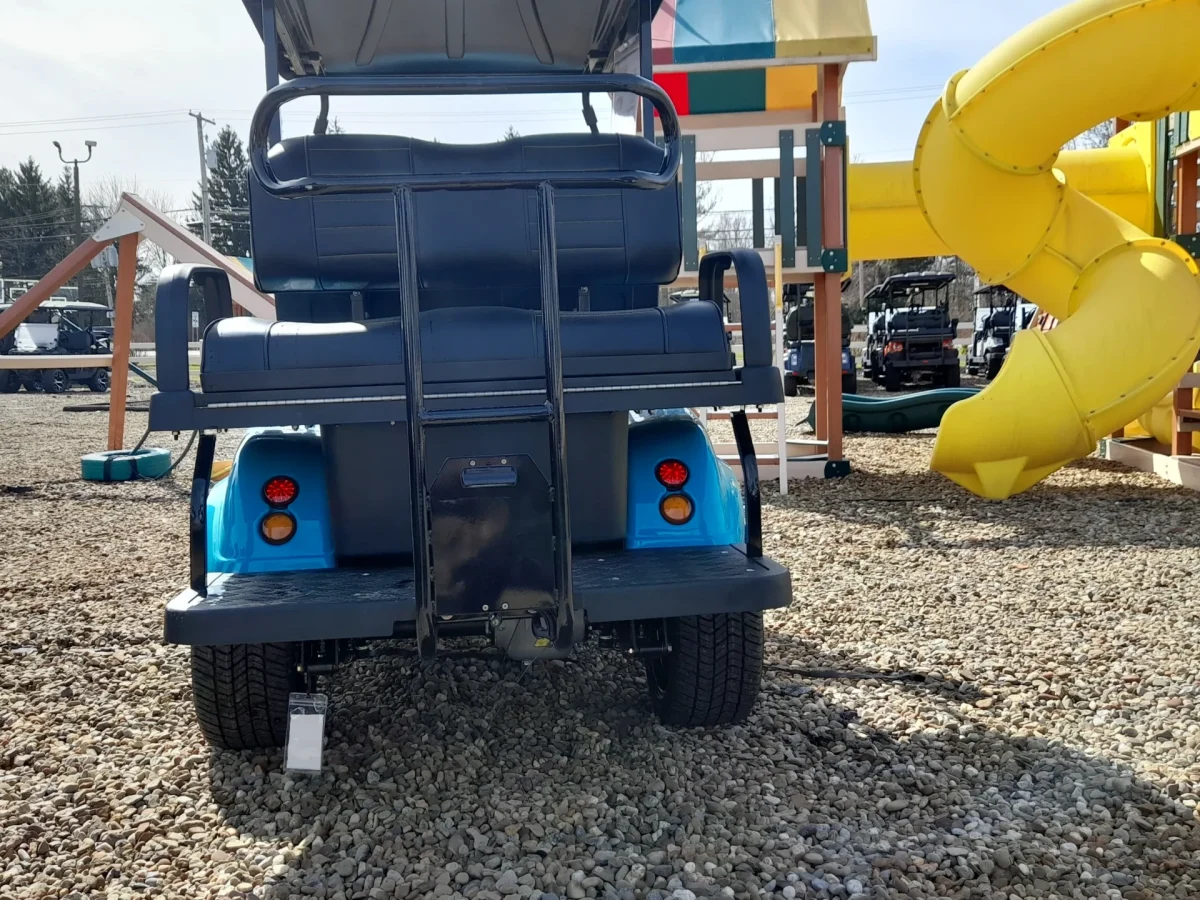
Layout, Terrain, and Walking Preferences
Course topography also influences cart demand. Flat, walkable courses may encourage players to forgo carts, especially in casual or league play. In contrast, hilly or spread-out layouts increase the likelihood that players will choose to ride.
In some communities, golf carts also serve off-course functions. Electric carts may be permitted on streets or used for shuttling staff and guests. In these cases, operators often expand their cart inventory to support multipurpose use.

Events, Tournaments, and Group Bookings
Special events like corporate outings, tournaments, or fundraisers can temporarily spike demand. Renting extra carts during such events helps ensure every participant has access without delays.
Maintaining a reliable baseline fleet for daily operations and supplementing it during events is a cost-effective approach. At Hartville Golf Carts, we work with courses across Ohio to deliver both permanent fleet solutions and event-specific rentals.
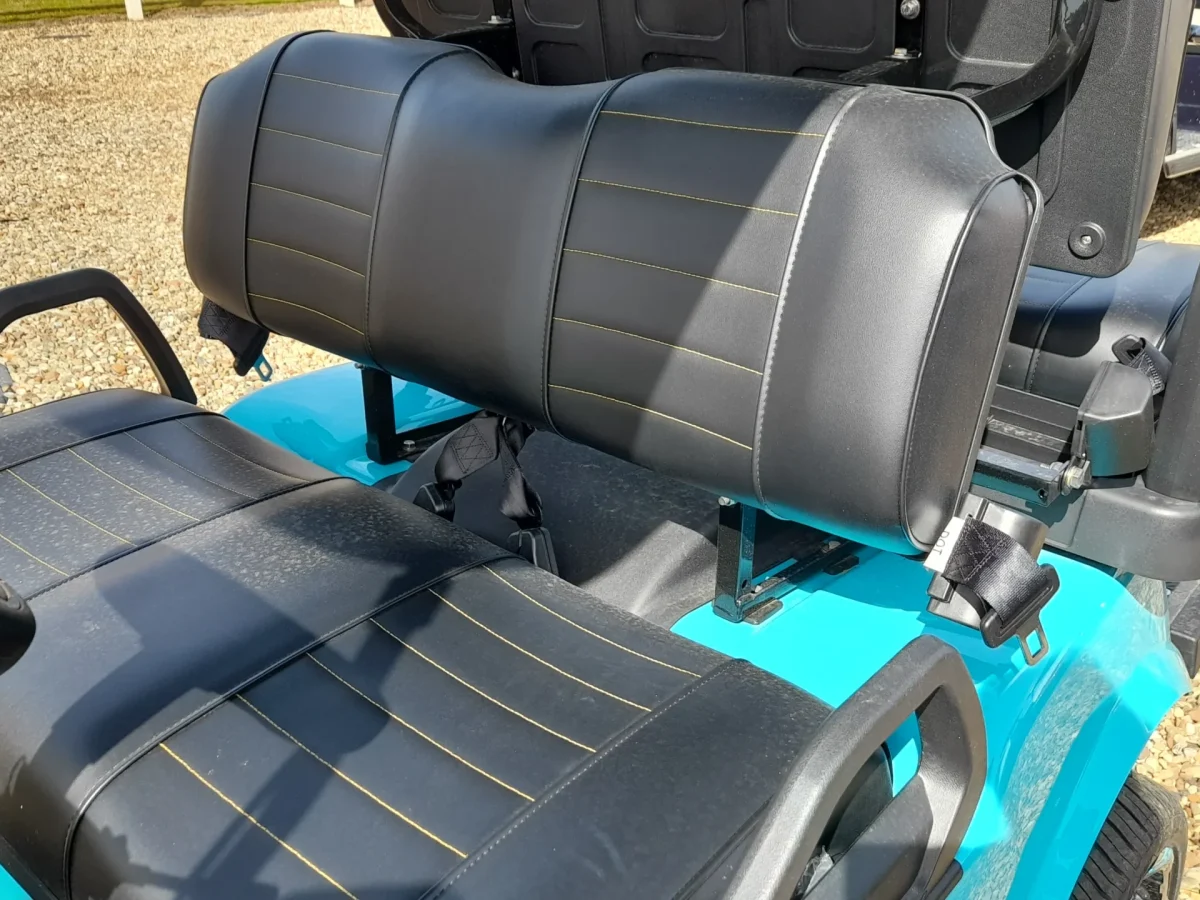
Choosing the Right Fleet Mix
Selecting between electric and gas-powered carts affects both operations and cost. Electric models are quiet, eco-friendly, and easier to maintain, making them ideal for most 9-hole courses. Gas carts provide more power and longer range, which may suit courses with rugged terrain or higher usage.
Hartville Golf Carts offers a wide selection of new golf carts and available models, including brands like Evolution, Icon, and Denago. Our team helps you evaluate your needs and choose the most efficient fleet configuration.
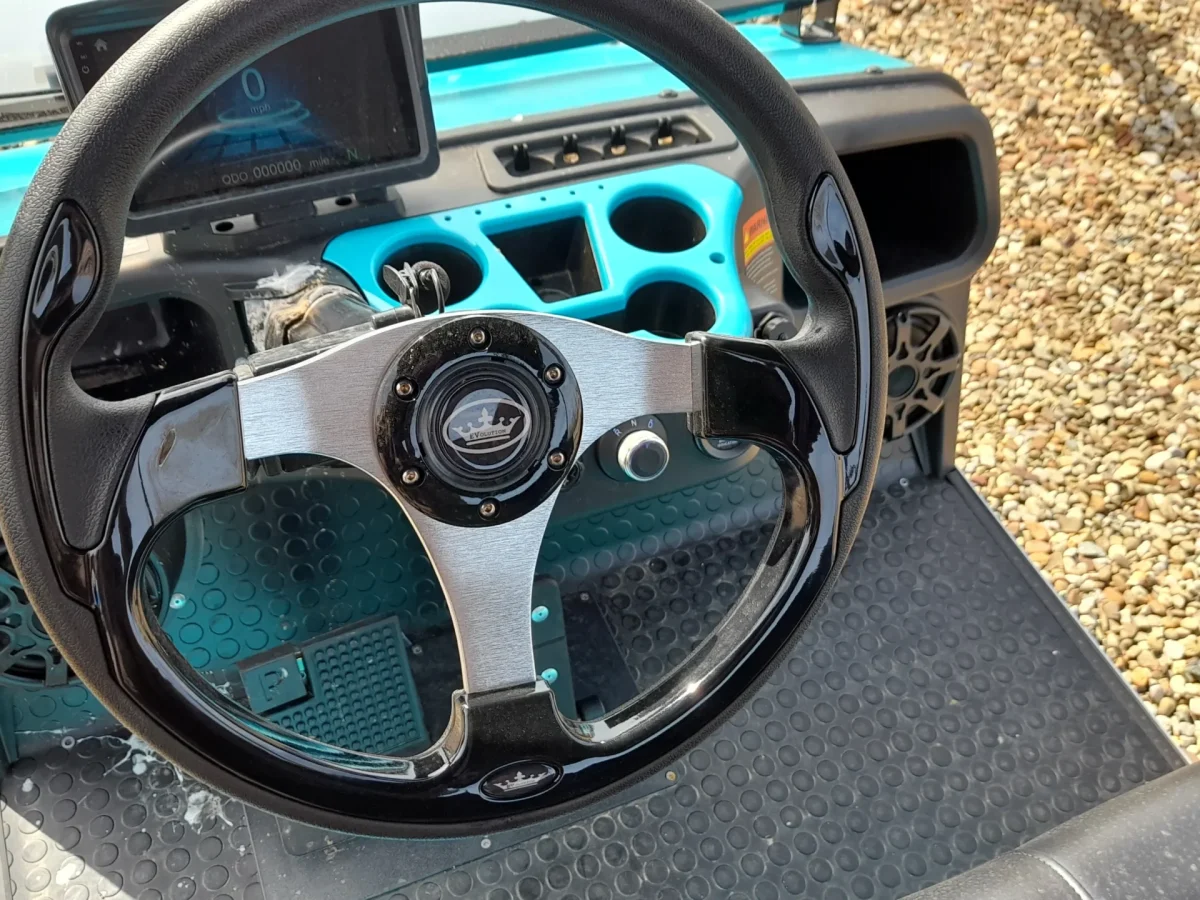
Leasing vs. Purchasing Golf Carts
Another key decision for course operators involves whether to lease or purchase their fleet. Purchasing carts outright offers long-term cost savings and greater control over branding and customization. However, it also requires a significant upfront investment.
Leasing provides flexibility and helps courses manage cash flow, especially if they’re new or experiencing variable player volumes. Many lease agreements include maintenance, upgrades, and seasonal replacements, which can reduce operational headaches. At Hartville Golf Carts, we work with course managers to explore both options and offer tailored financing to meet specific goals.
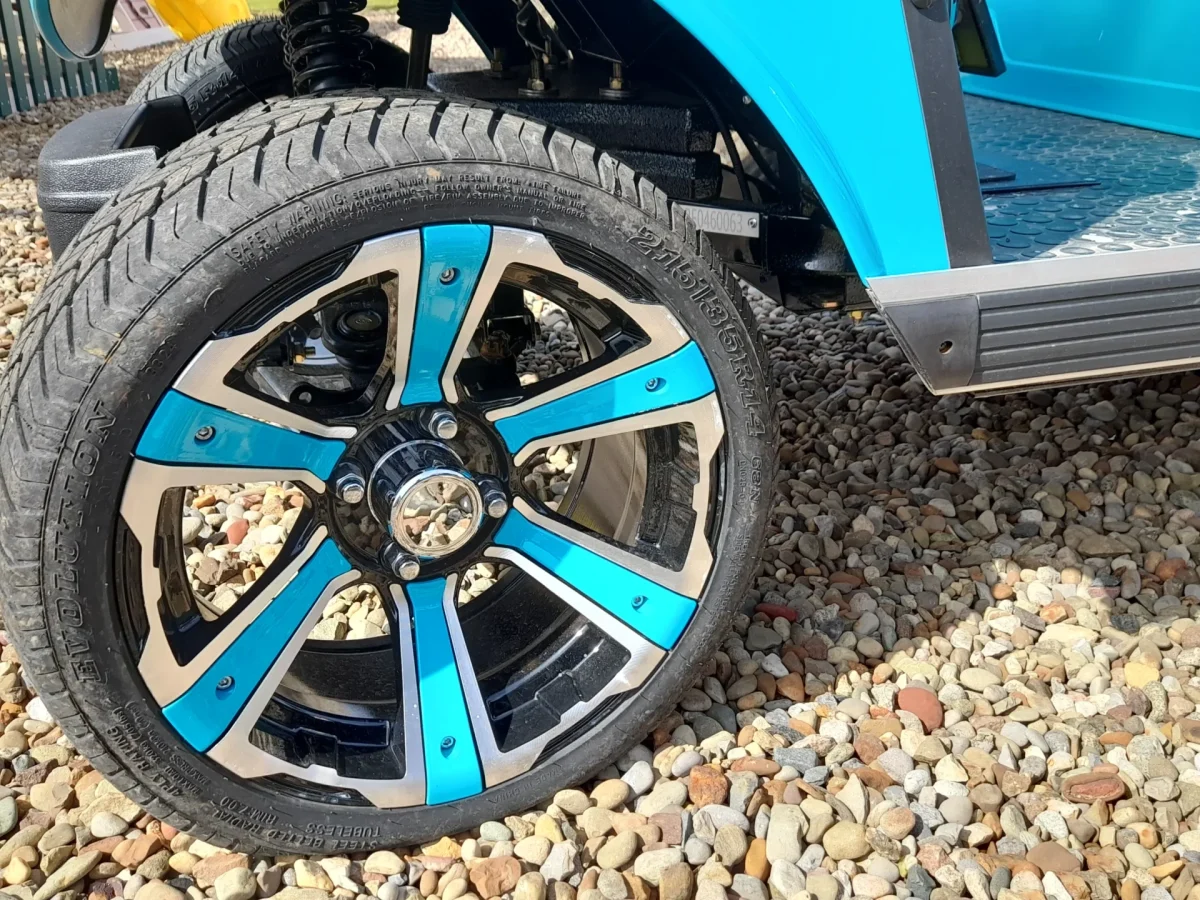
Fleet Lifespan and Replacement Strategy
A typical golf cart, when well maintained, lasts between 5 to 10 years. But performance and appearance often start declining after year five, especially in high-traffic environments. To ensure smooth operations and avoid service disruptions, course operators should develop a replacement schedule that staggers new purchases.
For example, replacing 20% of the fleet annually allows courses to keep newer carts in rotation while budgeting for replacements in a predictable cycle. This approach also improves resale value for used carts and creates a consistently positive player experience.
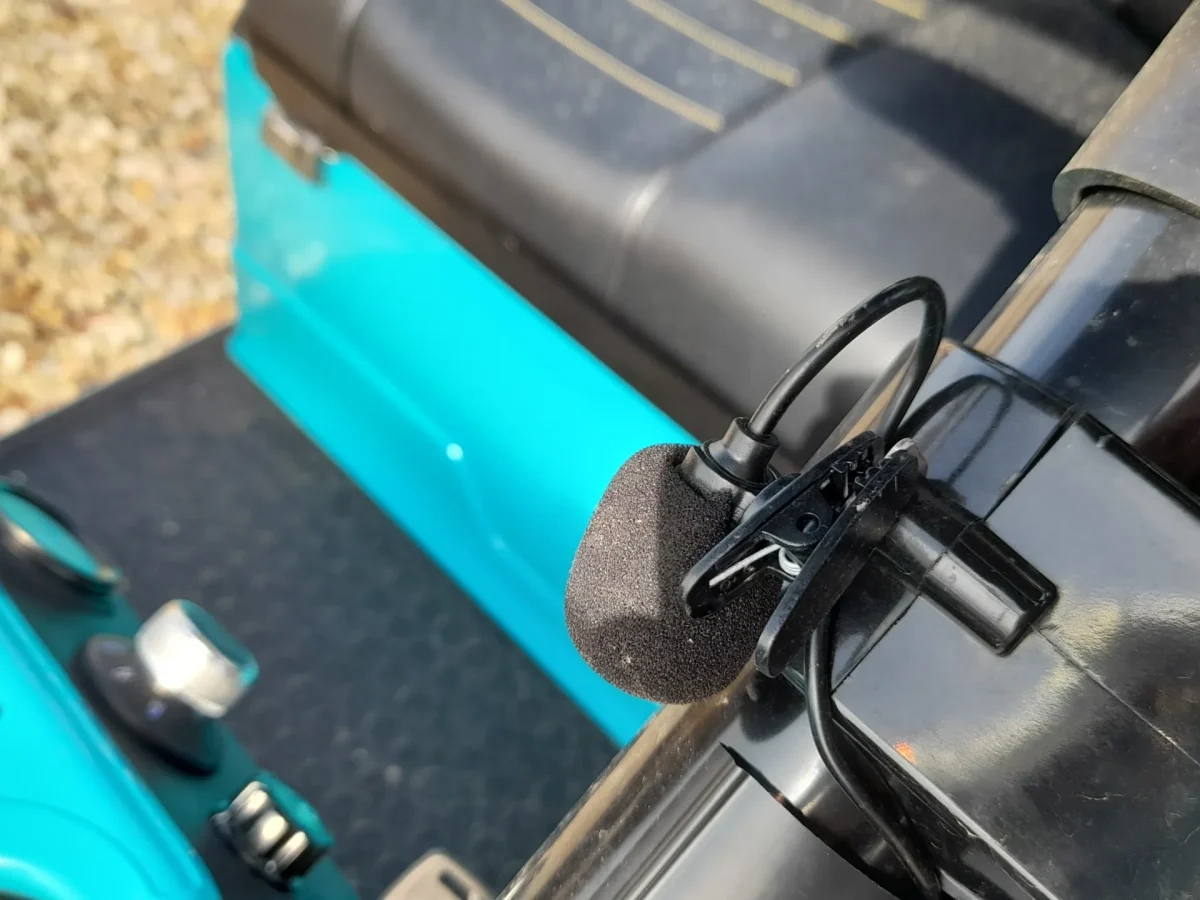
Embracing Lithium Technology and Green Initiatives
As sustainability becomes a bigger priority for clubs and public courses, electric carts with lithium-ion batteries are gaining momentum. Compared to lead-acid batteries, lithium models charge faster, last longer, and require less routine maintenance. They also reduce electricity costs over time and have a smaller environmental footprint.
Operators looking to align with green initiatives should also consider solar-powered charging stations or shared energy grids. Some municipalities offer grants or incentives for courses that reduce emissions, making electric cart fleets even more appealing.
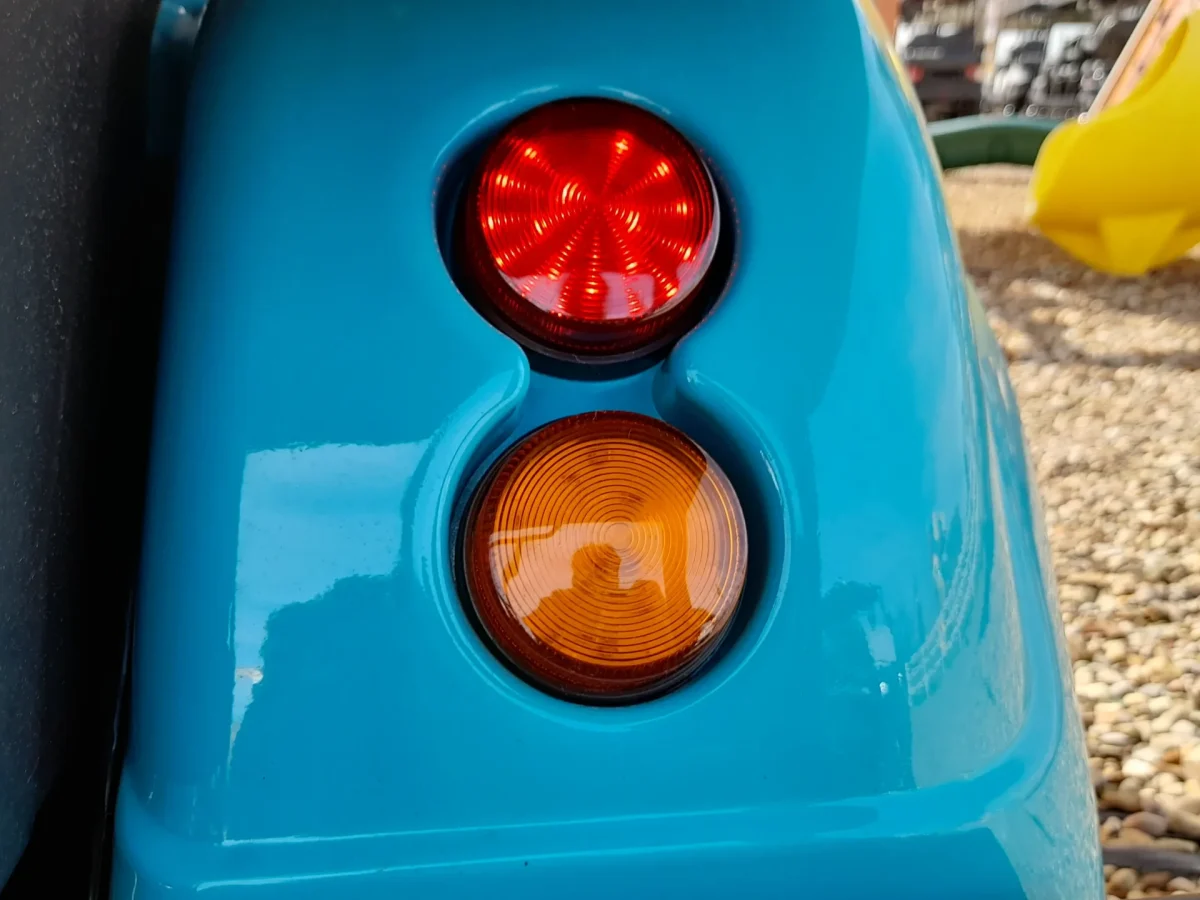
A Sample Scenario: Medina Hills 9-Hole Layout
Consider a mid-sized 9-hole course like Medina Hills, which sees an average of 110 players per day with tee times every 12 minutes. With each cart used by two players for a 90-minute round, a fleet of 50 carts—reused at least twice daily—comfortably supports this traffic while leaving room for last-minute rentals.
During their weekend tournaments, Medina Hills rents an additional 10 carts from Hartville Golf Carts to handle overflow. This model balances daily operational needs with scalable access to equipment for special events.
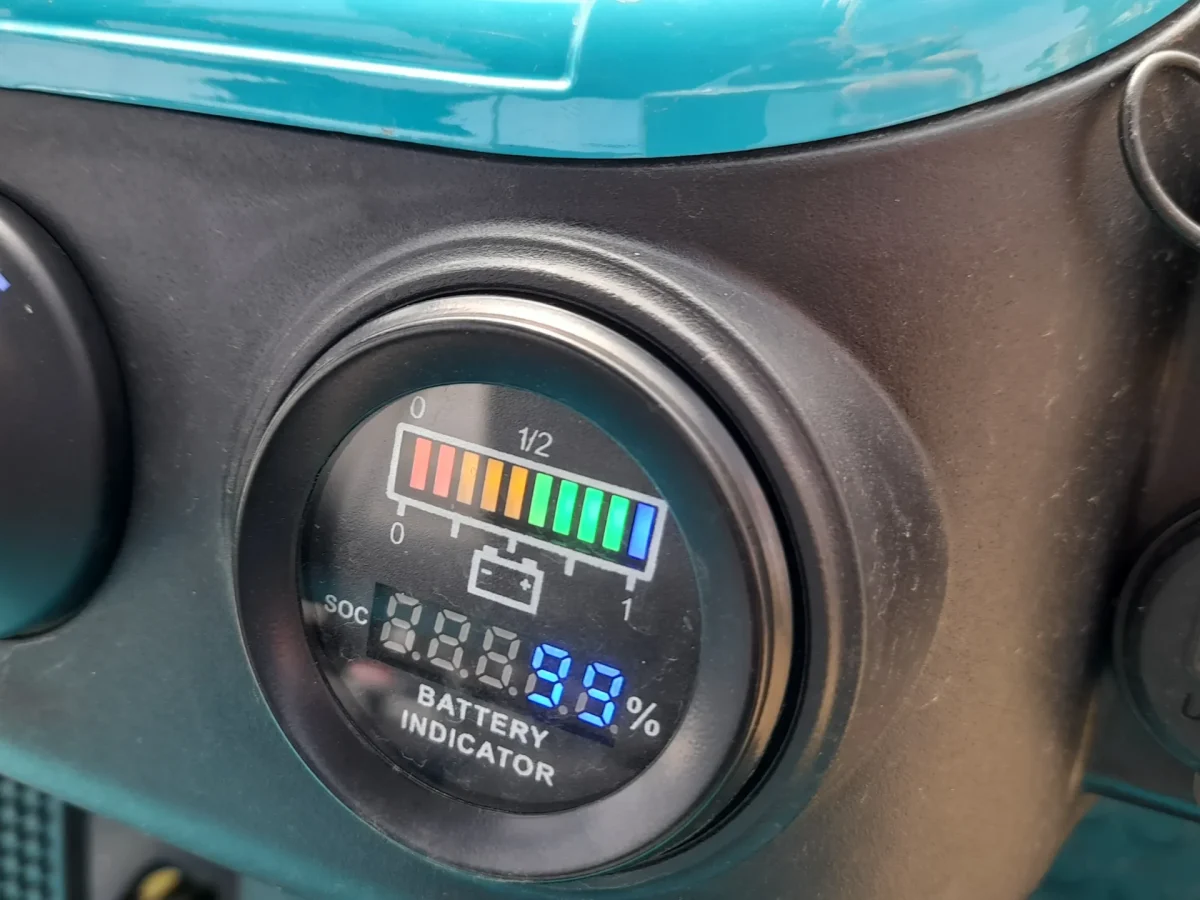
Planning for Maintenance and Storage
According to the Golf Course Superintendents Association of America (GCSAA), regular servicing and proper maintenance planning extend the lifespan of your fleet. Reliable carts depend on consistent inspections and smart storage solutions.
Golf carts need storage and occasional downtime. A 9-hole course with limited charging stations or storage space may rotate carts more frequently or use compact models that conserve space. Rotating your carts ensures all units receive balanced use and attention.
Maintenance should include battery checks, brake inspections, tire pressure, and software updates for electric models. At Hartville Golf Carts, we provide year-round service plans and seasonal fleet maintenance support to help you stay on track.

Conclusion
So, how many golf carts are needed for a 9-hole course? While it varies, most courses find that 40 to 60 carts meet their daily needs and allow for event flexibility. Your final count should reflect player volume, average round length, course layout, and event schedules.
For expert help designing the ideal fleet, trust Hartville Golf Carts. We deliver tailored recommendations, reliable models, and long-term support to help your course thrive.


